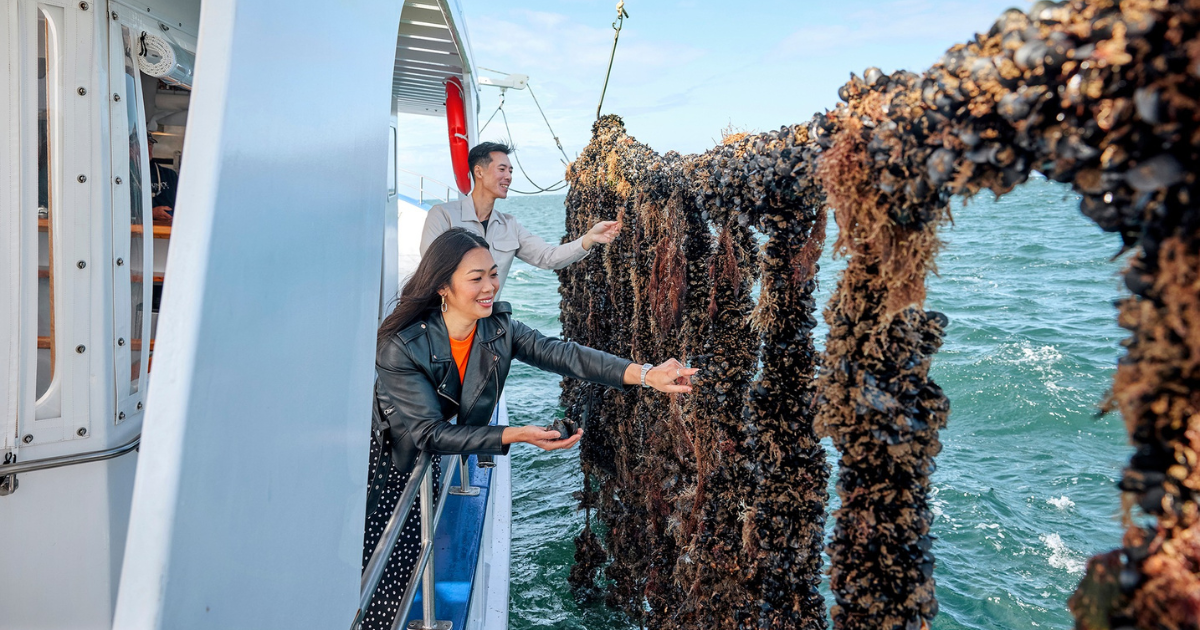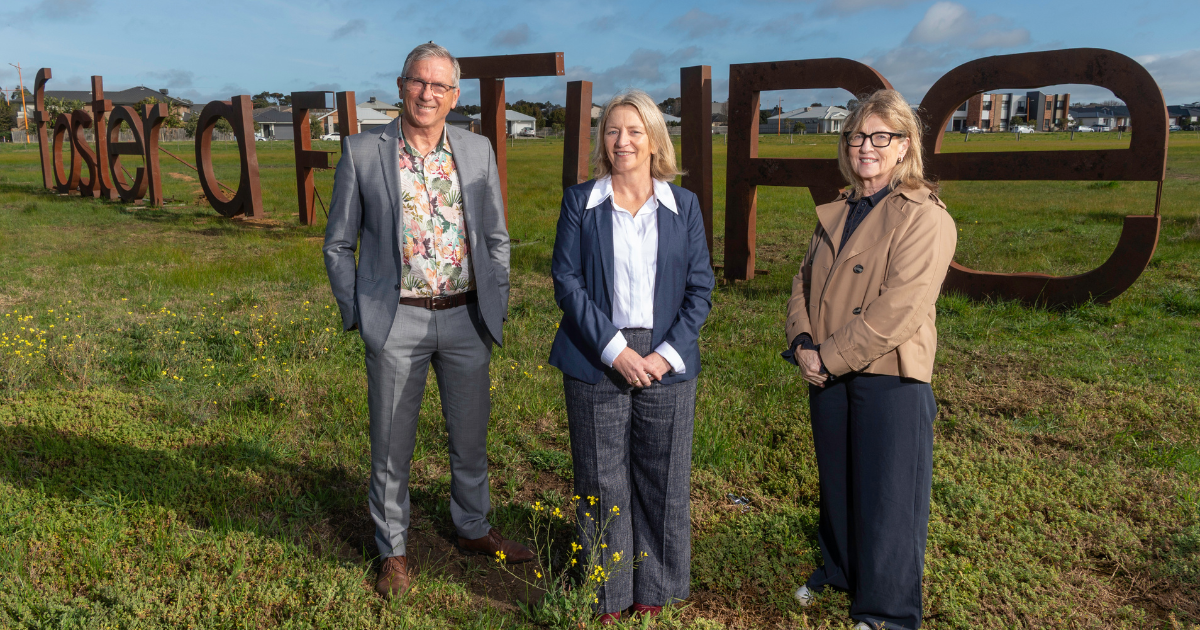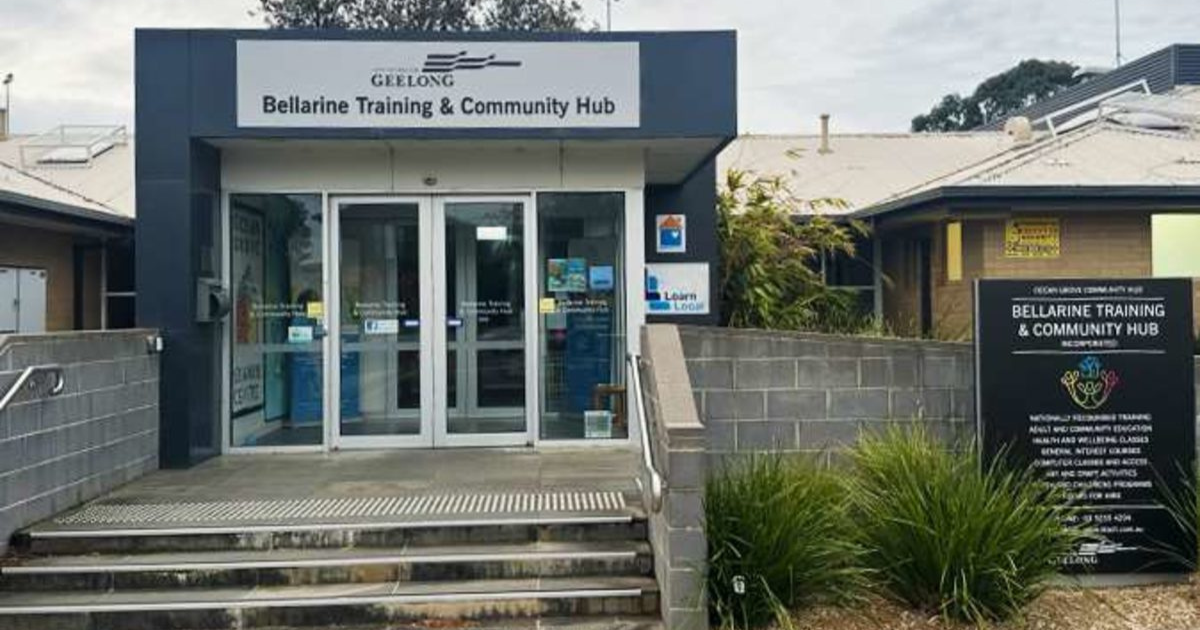Keep an eye out for hoodies
THE Bellarine boasts stunning beaches that many of us enjoy, particularly in the warm summer months. As our region’s beaches get busier, we need to be mindful that we share these beautiful spaces with native beach-nesting birds.
Nesting season has begun for our native shorebirds and will continue through to April. One of these vulnerable birds is the hooded plover, also known as a “hoodie”.
The endangered hooded plover is a small bird easily recognised by its black, white and brownish-grey plumage, along with striking red eye rings and a partially red beak.
An adult pair of hooded plovers will lay up to three speckled eggs in the sand and incubate them for a month until they hatch.
Once hatched, the hooded plover chicks forage for food on their own along the water’s edge and can travel up to 2km in search of food.
There are only 12 breeding pairs left on the Bellarine. The Bellarine Peninsula is the last major population of the hooded plovers until Warrnambool, making their protection even more important.
As beach visitor numbers increase, we must be conscious of our actions at nesting beaches. Hoodies nest along surf beached at Thirteenth Beach, Breamlea Estuary and Ramblers Road Foreshore.
We are fortunate to have amazing volunteer groups such as The Friends of the Hooded Plover Bellarine working to protect our hoodies since 2006.
Hooded plovers need our protection from threats, especially human activity. As their nesting season coincides with our beach season, beachgoers and their dogs can be risks to the hoodies.
Their nests are made in scrapes in the sand, and their small eggs camouflage into the landscape, making them difficult to spot and easy to be crushed by accident.
To give the hoodies the best chance of success during their nesting season, measures have been put in place including temporary fencing around known nests, educational signage and “dog on-leash” zones around nesting sites.
By altering your beach habits during the breeding season, you can help preserve our beach-nesting birds.
Some simple steps you can take to protect hoodies include:
- Walking along the water’s edge
- Adhering to hooded plover nesting signs
- Giving breeding pairs and their nests plenty of space
- Checking and complying with dog regulation signs
- Putting your dog on a leash on dog-friendly beaches when near signed or fenced breeding sites.
You can find out more about the hooded plover by heading to geelongaustralia.com.au/hoodedplover
While it’s time to keep our beach-nesting birds safe, it’s also important to keep ourselves safe in the middle of swooping season.
Some native birds swoop to protect their nests and will continue to do so until mid-November.
To minimise the chances of being swooped, avoid nesting areas where possible. If you find yourself in a swooping zone, protect your head and eyes while moving quickly through the area – avoid running, as this can provoke birds.
To find out where past and present swooping hotspots have been reported, head to wildlife.vic.gov.au/managing-wildlife/swooping-birds
Troy Edwards
Acting chief executive officer,
City of Greater Geelong


















